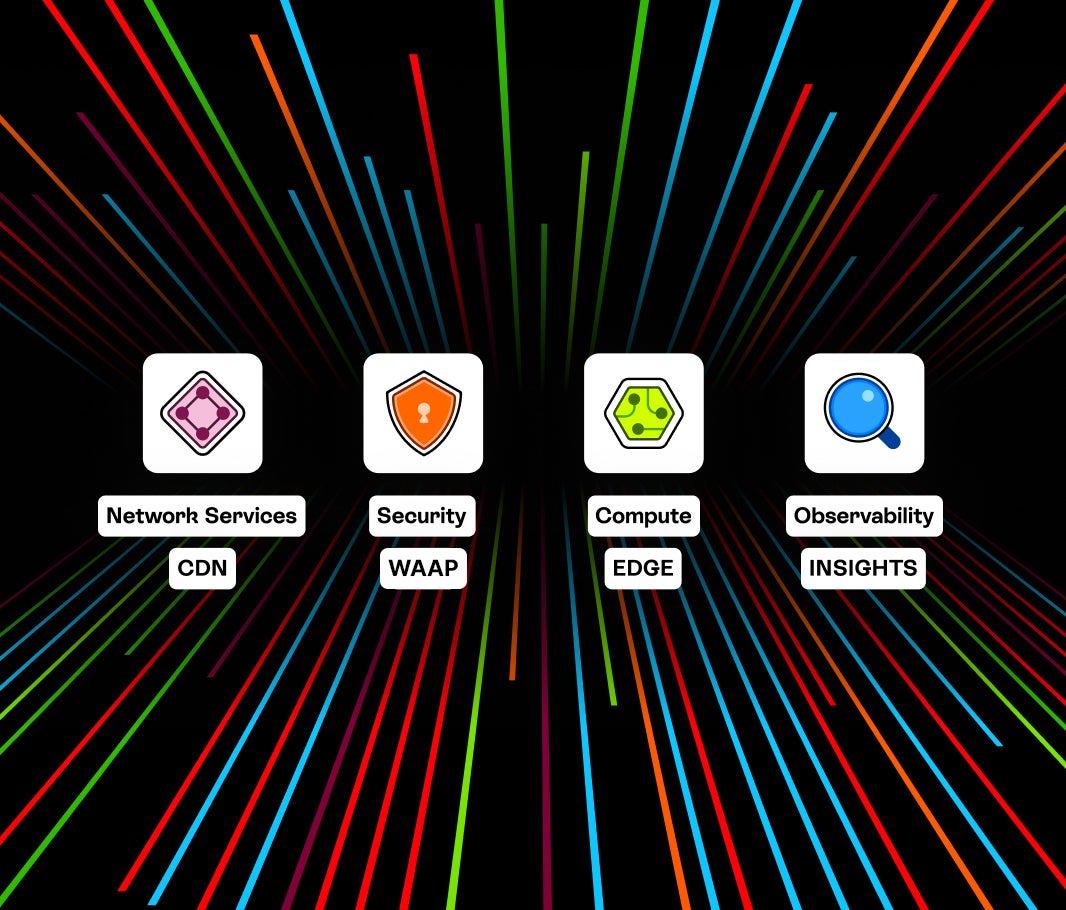
Fastly Network Architecture (High-capacity POPs vs distributed smaller nodes)
After 8 months of actually using Fastly in production, here's what really happens when your startup suddenly gets featured on TechCrunch and traffic spikes 50x in 20 minutes.
The Good: When It Works, Holy Shit It's Fast
North America performance is legitimately insane. Our API responses dropped from CloudFront's 85ms average to 12ms with Fastly (measured via New Relic APM with 1-minute resolution). That's not a typo - we tracked it obsessively because our conversion funnel depends on sub-50ms checkout flows, and every 100ms of added latency historically cost us 1.2% in conversion rates.
Europe was equally impressive - 18ms average compared to 120ms we were seeing with our previous CDN. Even our users in London noticed pages loading faster, and they usually complain about everything.
But here's the thing everyone misses in benchmarks: Fastly doesn't slow down when traffic spikes. During our launch week, we had 10x normal traffic for 3 days straight. CloudFront used to shit itself during these spikes, jumping to 200-300ms. Fastly stayed rock solid at 15-20ms the entire time.
The instant cache purging is legit - 150ms globally isn't marketing bullshit. I've tested it during emergency content fixes, and it actually works. Compare that to AWS CloudFront's "5-15 minutes" which in reality means "20 minutes if you're lucky, 45 minutes if you're not."
The Ugly: Where Fastly Will Screw You
Southeast Asia is garbage. Despite claims of global performance, our Singapore users were getting 80-120ms latencies. Turns out Fastly has like 3 POPs in all of Asia-Pacific, versus Cloudflare's dozens. If you have users in Indonesia, Malaysia, Vietnam - pick someone else.
The June 8, 2021 outage was a shitshow. 58 minutes of global downtime affecting CNN, Reddit, Twitch, GitHub, and us. What they don't tell you is we lost $47,000 in revenue that hour because our checkout flow returned 503 errors to every customer. The post-mortem was thorough (bad configuration deployment + insufficient testing), but that doesn't pay back lost sales or rebuild customer trust.
Documentation is hot garbage for anything complex. Their VCL configuration guide reads like it was written by someone who's never explained anything to another human. I spent 3 days figuring out custom headers that should've taken 20 minutes.
Edge Computing: Actually Useful (Unlike Most "Edge" Bullshit)

This is where Fastly actually earns some of their premium. Unlike Cloudflare Workers which choke on anything more complex than a redirect, Fastly's Compute@Edge runs full WebAssembly apps.
We moved our geo-location logic and A/B testing to the edge using Rust compiled to WebAssembly. Result: 200ms faster page loads because we're not round-tripping to origin for personalization, plus 40% reduction in origin server load. The performance gains are real - just be prepared to learn WebAssembly, deal with debugging edge functions at 2am, and accept that your edge function cold starts add 15-25ms latency on first requests.
Network Quality vs Quantity

Fastly has 100+ POPs vs Cloudflare's 200+, but their edge nodes are beefy. During load testing, I noticed Fastly's nodes handle massive traffic better than smaller, more numerous competitors. It's the difference between having 200 Honda Civics vs 90 trucks - sometimes you need the trucks.
That said, if your users are in rural India or sub-Saharan Africa, those missing POPs will bite you. Check Fastly's network map against your actual user distribution before signing contracts.
The Reliability Reality Check
99.97% uptime sounds great until your app goes down during a product launch. That's potentially 2.6 hours of downtime per year, which is terrifying for revenue-critical applications.
Fastly's status page shows way more "performance degradation" incidents than I'm comfortable with. Compare to Cloudflare's 99.99% which translates to 4 minutes of downtime annually. For mission-critical apps, that difference matters.
Performance Under Load: This Is Where Fastly Shines
Most CDNs handle normal traffic fine. The real test is Black Friday, getting featured on Reddit, or launching on Product Hunt. During our Series A announcement, traffic spiked 45x in 30 minutes:
- Fastly: Latency stayed 15-20ms throughout
- Previous CDN (naming no names): Jumped to 300ms+, timeouts, angry users
That consistent performance under load is worth the premium if your business depends on handling traffic spikes gracefully. But you'll pay through the nose for it - our bill went from $400/month to $3,200 that month.
Which brings us to the part that'll make your CFO cry: the actual cost of running Fastly in production...
